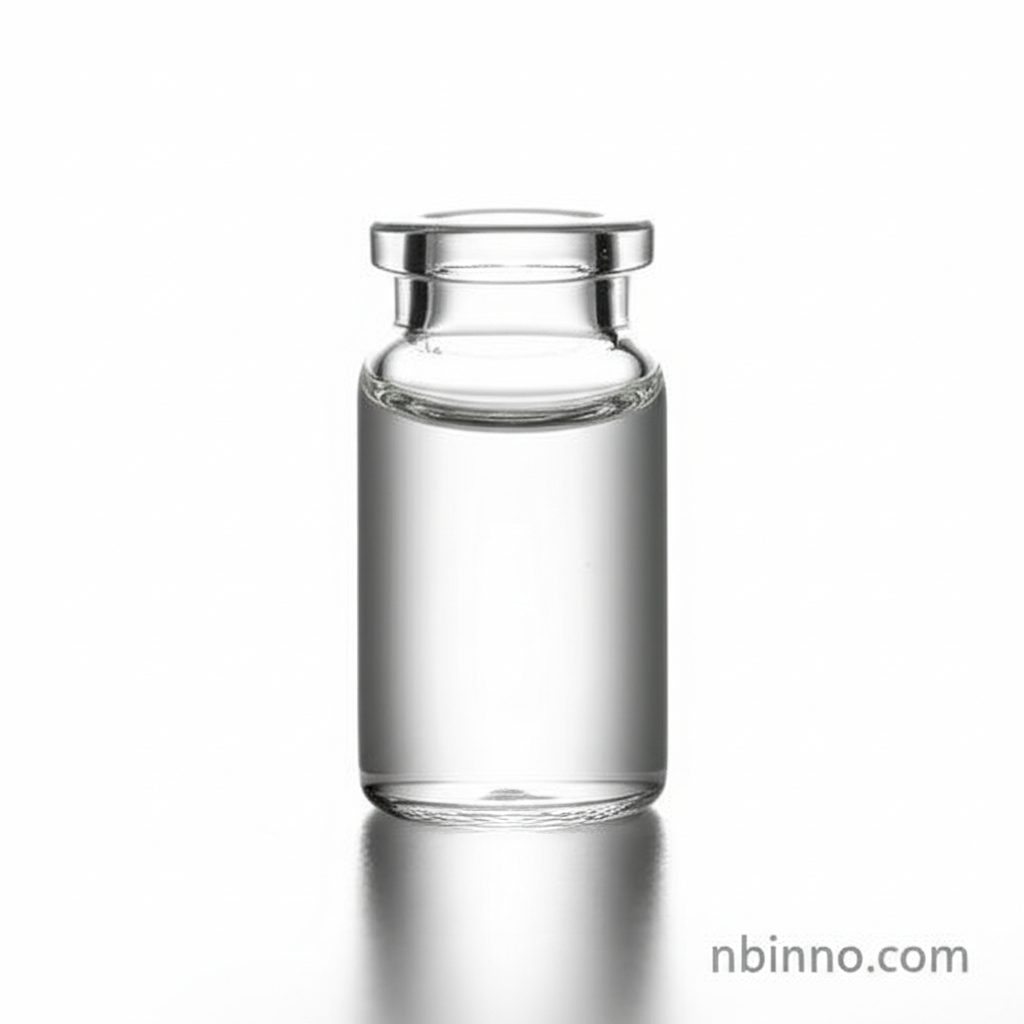3-Chloro-2-hydroxypropyl Methacrylate: Properties, Applications, and Synthesis Intermediate
Explore the key features and industrial relevance of this vital chemical building block.
Get a Quote & SampleProduct Core Value

3-Chloro-2-hydroxypropyl Methacrylate
This compound serves as a crucial chemical intermediate, primarily utilized in the synthesis of various polymers and copolymers. Its unique structure, featuring both a methacrylate group and a reactive chloro-hydroxypropyl moiety, allows for its incorporation into polymer chains, imparting specific functionalities and properties to the resulting materials. Understanding its 3-chloro-2-hydroxypropyl methacrylate properties is key to unlocking its potential in advanced applications.
- Discover the versatile applications of 3-chloro-2-hydroxypropyl methacrylate properties in modern chemistry, enabling innovations in material science.
- Leverage this essential chemical intermediate for synthesis, facilitating the creation of tailored polymer architectures for specific industrial needs.
- Explore the advantages of using this reactive monomer for polymerization, leading to novel materials with enhanced performance characteristics.
- Investigate how CAS 13159-52-9 can be a cornerstone in your functionalized polymer development, offering unique chemical functionalities.
Key Advantages
Enhanced Polymer Functionality
The presence of both hydroxyl and chlorine groups allows for post-polymerization modification, leading to materials with tailored properties, as highlighted in the uses of functionalized polymer monomer.
Versatile Reactivity
As a reactive monomer for polymerization, it readily participates in free-radical polymerization, making it a versatile building block for complex chemical structures.
Intermediate for Complex Syntheses
Its role as a chemical intermediate in synthesis is pivotal for creating specialized chemicals and materials with high value and specific performance requirements.
Key Applications
Polymer Modification
Used to introduce hydroxyl and reactive chlorine functionalities into polymer backbones, enhancing properties like adhesion and crosslinking capabilities.
Specialty Copolymers
In copolymer synthesis, it contributes unique characteristics, leading to materials suitable for advanced applications in coatings, adhesives, and biomedical fields.
Chemical Synthesis
Serves as a vital intermediate in organic synthesis, facilitating the production of more complex molecules and fine chemicals.
Research and Development
Essential for R&D efforts focused on developing new materials with specific performance criteria, often explored through hydroxypropyl methacrylate synthesis research.
